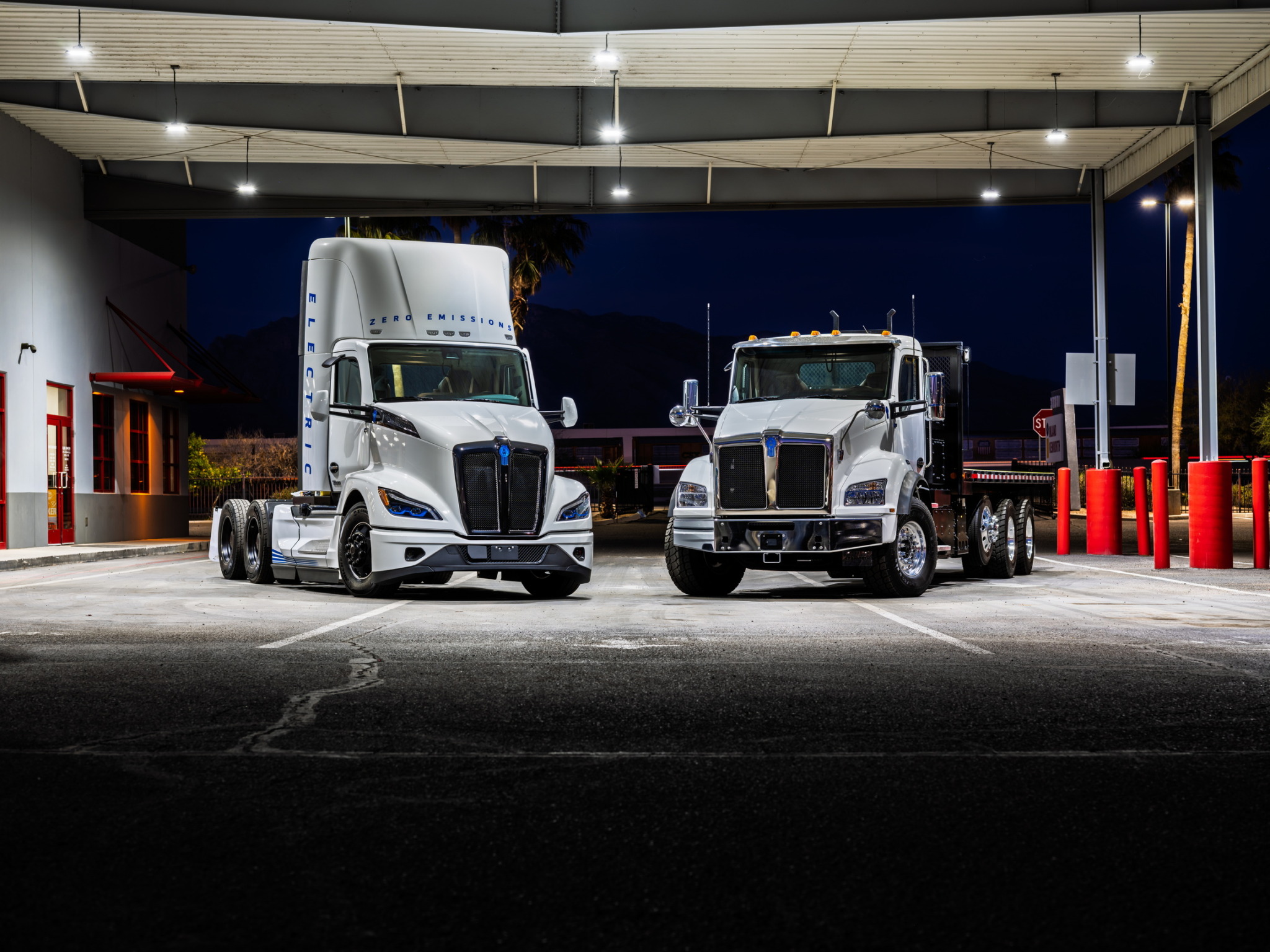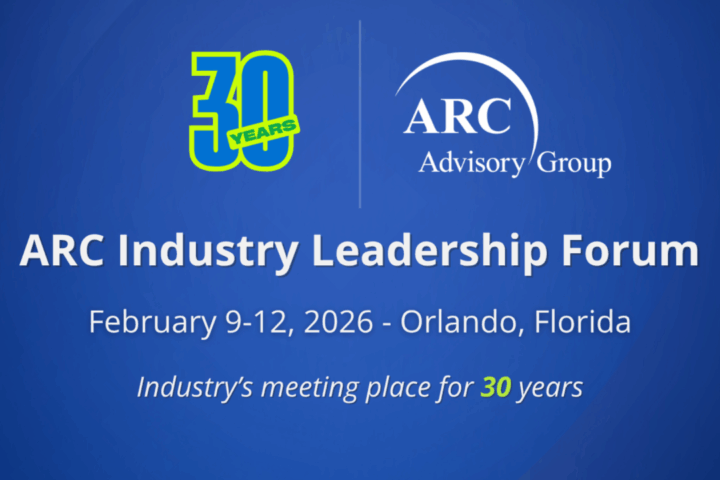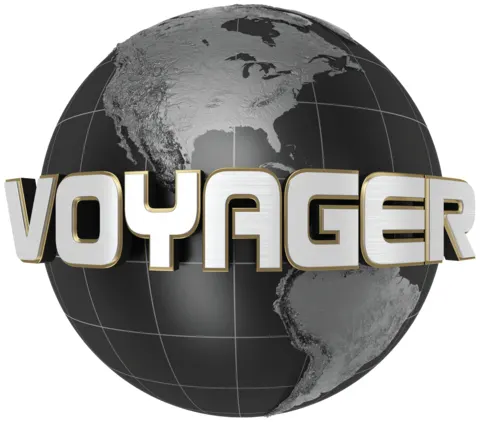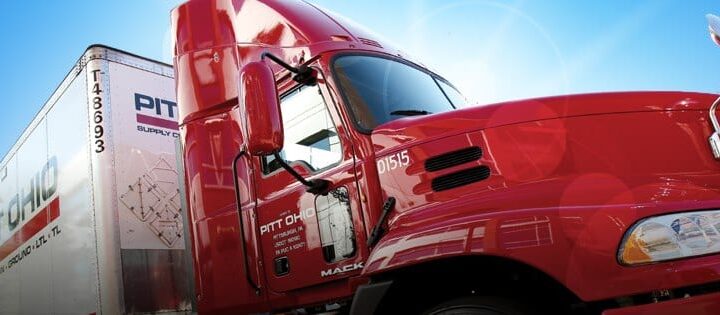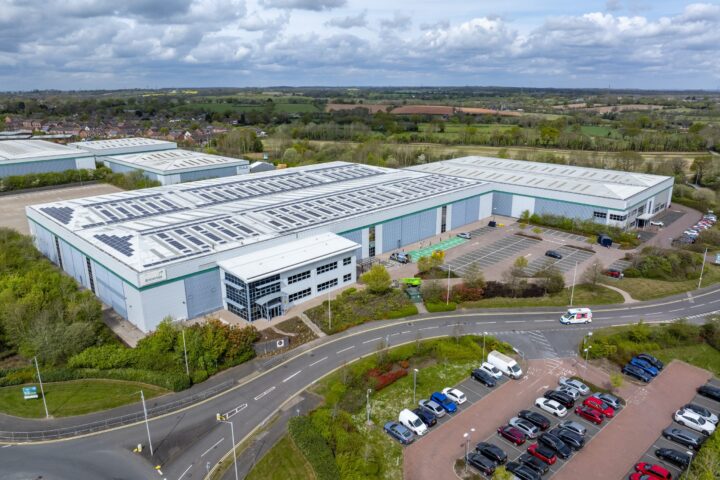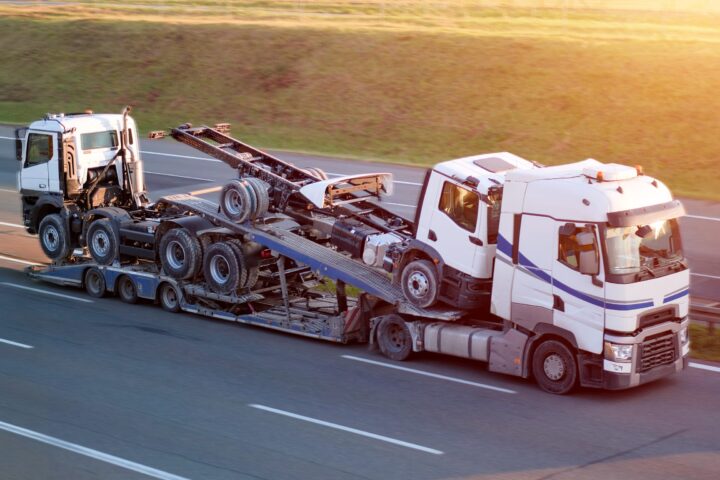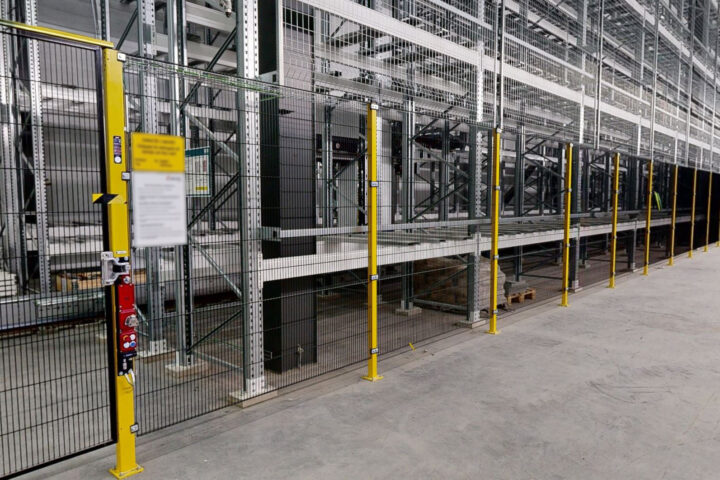Kenworth is expanding its lineup of powertrain offerings with the launch of two next-generation battery-electric chassis; the T680E and the industry’s first purpose-built vocational Class 8 BEV, the T880E. Both trucks are on display at ACT Expo in Anaheim, Calif.
The T680E and the T880E feature the latest advancements in battery-electric technology, a refreshed exterior design, and new in-cab technology. Both models are now available for order from Kenworth dealers in Canada and the U.S. Customer deliveries will begin later in 2025.

The two new battery-electric trucks compliment Kenworth’s current clean-fuel product portfolio, including the low-NOx, CARB-compliant Paccar MX-13 engine, and Cummins natural gas-powered X15N engine.
“Kenworth is committed to delivering solutions for every customer need and the Next Generation BEV platform is the latest addition to an industry leading lineup of powertrain offerings,” said Kevin Haygood, Kenworth’s assistant general manager for sales and marketing. “From clean diesel engines, such as the MX-11 and MX-13, to MX-13 CARB low-NOx-compliant clean diesel, and the industry’s first X15N natural gas engine, Kenworth matches fleets with the powertrain solutions needed to meet their operational needs.”
New vehicle architecture
Kenworth unveiled its first generation T680E in October 2020 with an estimated operating range of 150 miles (240 km) and a charging time of 3.3 hours through a CCS1 charger at a maximum rate of 120 kWh.
The trucks unveiled this year at ACT Expo are third generation, and feature ground-up new powertrains and all-new battery-electric vehicle architecture. These have been integrated into the new T680E and T880E to drive broader application coverage, commonality in the powertrain and batteries, and improved charging capabilities.
For instance, these design enhancements offer several battery-string configurations, allowing for customizable range, horsepower ratings, and vehicle weight to fit application and customer requirements. The largest battery configuration features a 625-kWh five-battery pack that delivers 250+ miles (400 km) of range and is offered up to 82,000 lb. gross vehicle weight ratings (GVWR). A CCS1 DC fast charger with a peak charge rate of 350 kWh can charge up to 90% in approximately two hours.
“It’s about a broad set of application coverage, not just one or two models that we have different frame lengths for the pick-up and delivery or regional haul segments,” said Kenworth’s chief engineer, Joe Adams, during a recent product update briefing for trucking journalists. “When you move into the vocational space, there are tons of factors to consider, from PTOs to frame space and weight distribution to integrate into the product line.”

Modular batteries
Kenworth has packaged its batteries into 125-kWh packs which can be spec’d to suit the application and customer needs. These packs are configured in strings — as Kenworth calls them — of from between 250 kWh (two strings) providing up to 100 miles (160 km) of range, up to 625 kWh (five strings) with 250 miles (400 km) of range.
The T680E is offered with three battery-string configurations, the largest rated at 500 kWh delivering 200+ miles (320+ km) of range.
The T880E comes in four battery-string configurations, the largest being 625 kWh. This offers range options from 100 to 250+ miles (160-400 km), with wheelbase and vehicle configurations to fit a variety of customer needs.
Kenworth currently uses LFP (lithium iron phosphate) battery chemistry, and will be sticking with that formulation for the foreseeable future. Adams said it’s by far the best chemistry available for this application, noting its very robust to charge cycles, very stable, and very safe.
“LFP is not quite as power-dense as other chemistries, notably NMC [Lithium nickel manganese cobalt], the more the traditional automotive-style battery, but they can be charged more often, and they are less toxic and safer than other more volatile chemistries,” he said, adding, “they are the lower-cost option, too.”
Kenworth currently sources its batteries through Paccar’s ePowertrain and Cummins Accelera but will switch suppliers in 2027 when Amplify Technologies’ new Mississippi plant begins production. Amplify is a joint venture between Paccar, Accelera by Cummins, and Daimler Truck.

Paccar-integrated ePowertrain
There are several notable upgrades to the new ePowertrain from Kenworth. All the design and engineering work has been brought in-house, including software development, and the powertrain controllers. Most of the powertrain equipment, including the motor and the auxiliary components are Paccar-branded.
“That helped us drive additional efficiency and additional drivability allowing us to tune the truck so that it acts just like we want a Kenworth product to act in the driver’s hands,” Adams said.
The brand-new Paccar-integrated ePowertrain system is common to both models. It delivers between 365-470 hp continuous power and up to 605 peak horsepower with 1850 lb.-ft. of torque.
The central e-motor also has integrated inverters, which helps reduce AC transmission losses and improve overall energy efficiency.
Engineers went with a central drive motor versus an e-axle configuration specifically for the vocational space, where there are specific needs on the back half of the vehicle for load carrying capacity and familiarity for body builders and upfitters.
“The midship motor gives us the capability of having all the drive line and suspension components standard to what is commonly found on a diesel truck,” said Adams. “With a midship [motor] design, the back end looks very much like what a vocational customer would want and expect.”
Additionally, the T880E features factory-installed options for high and low-voltage ePTO ports, which can power equipment, a mechanical ePTO, or body configurations in conjunction with aftermarket body upfitters.

Interior trim
No significant product upgrade would be complete without a few interior enhancements to complement the technical achievements.
Inside the cab of the T680E and the T880E, the latest in driver-focused technology includes the Kenworth SmartWheel and a new 15-inch DriverConnect digital touchscreen. This new display replaces the smaller 6-inch NAV+ display, few rocker switches and the analogue HVAC controls.
But, Kenworth’s driver-focus groups revealed the three most commonly reached-for controls in the cab were the heater fan, the radio volume, and the climate control knob. The new B-panel display now includes rotary controls for those functions.
The left side of the DriverConnect display show information about the radio and the climate control selections, while the right-hand side displays various applications such as navigation.
“This can be integrated with an application like Platform Science,” Adams said. “By putting this hardware in the vehicle, we’re taking something that a lot of our customers spend days or weeks customizing the trucks, and we’re giving them that out of the factory, turnkey.”
On the T880E, this DriverConnect panel is configured for vocational features like RAM Mounts and factory-installed PTO switches.
Both models are also offered with Kenworth ADAS packages for customers interested in DigitalVision Mirrors, Bendix Fusion and Lane Keeping Assist.

Proving and validation
As of the date of launch, Kenworth said it has 46 trucks on the road accumulating mileage in many different applications from on-highway, regional-haul, pickup and delivery, along with vocational trucks, “ensuring that everything is absolutely correct before we go to market.” The fleet has so far accumulated more than 300,000 miles (480,000 km) of validation testing.
Despite the changing market dynamics and the roll-back of some environmental regulations, Kenworth remains confident in the market acceptance of battery-electric trucks. The company also sees opportunities for the vocational chassis, particularly in the municipal and utility sectors.
“The [T880E] opens a lot of doors to a lot of new customers that previously maybe weren’t playing in the BEV space; either they weren’t open to it or didn’t see a workable solution,” said Sarah Abernathy, Kenworth’s powertrain marketing manager. “Many of those customers will be on the municipal side of things where we believe there to be a little bit more funding available.”
Adams noted that as technology evolves and improves, new markets, traditionally served by diesel, will open up. Kenworth is looking closely at those opportunities, Adams said.
“The other thing is, it’s really important that we are offering products that improve fuel economy and other avenues. We’ve been on a mission, from the from the very first aero-hood, to make certain that we have a total cost of ownership model that really exceeds our customers’ expectations.”


